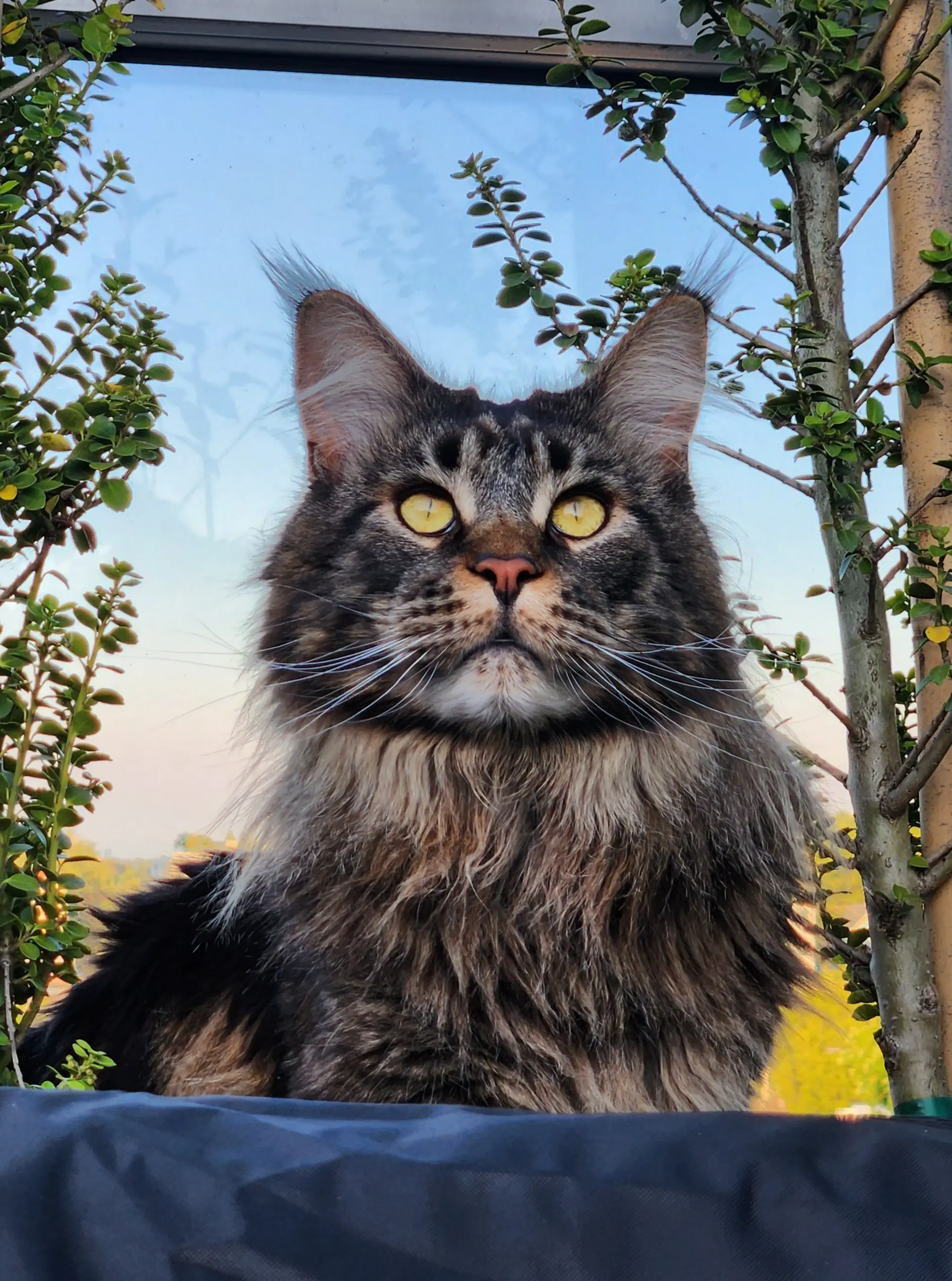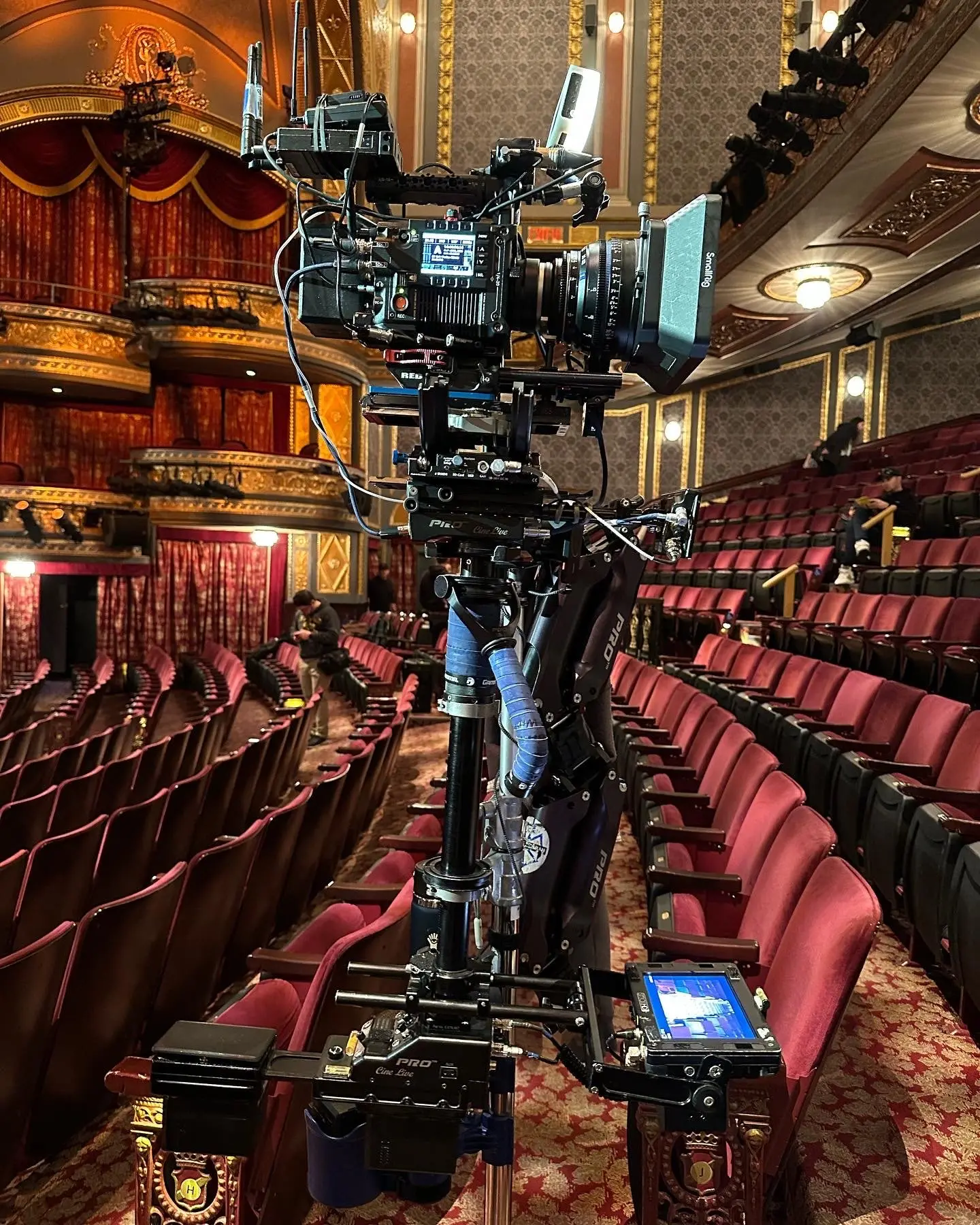Went out on a rare clear night to a wetlands near me to take some photos of the stars. As it was so dark, and the stars are so small, I had to rely on the focus peaking function of my camera to tell if the stars were in focus or not.
I’ve got home and started to process the photos, and I’ve found out that despite the camera telling me that they were in focus, they clearly weren’t.
Hey ho, what’s a wasted few hours in the freezing cold between friends…
TBH, that’s significantly better than I would have expected for photos of the stars taken on a phone.
FYI stars (and anything over a few hundred feet actually) is at an infinite distance as far as your phone’s optics are concerned. So it’s not a matter of focusing, it’s a matter of trying to resolve what are effectively pinpoints of light on a black background while in your hand, where the minutest movement will smear them across the sensor.
Photographing the stars is not trivial, even with a real camera and a tripod.
But op used the word camera 3 times and the word phone 0 times…
You’re 100% right. Im going to look into a remedial reading course at the local elementary school.
Thanks, but this was with a real camera on a tripod 🙈🤣
I’ve done astrophotography with this camera a few times, and used to use my DSLR. I find this camera a bit more difficult to use because it’s mirrorless, and the light from the screen gives me problems seeing the stars. I have astigmatism, so it takes me a while to go from bright to dark. Because of that, I use the focus guide to make sure that the stars are in focus. For some reason, this time it’s showed them as being in focus, but they’re clearly not.
I don’t know what changed this time, but it’s bloody annoying! >.<
Sorry, I don’t know what the hell was going on that my brain interpreted your post to say you were using a phone. Thanks for not being a dick in return, even though you would have been justified 😅
No worries. You gave good advice, even if you got the device wrong 🙂
Weird, it happened to me too. Maybe an assumption based on the photo.
Astronomers like using eye patches to minimize the risk of having both eyes getting bleached. I set my dslr to the lowest brightness and swapped it to a red-only color pallete for menus, but the image result can certainly still be blinding while I do some f/2.8 5s ISO 25600 framing shots. If you can’t dim it enough and don’t have a red menu option, maybe some tint film or even sunglasses could help. Maybe red plastic wrap for style points. Red doesn’t bleach your eyes.
As for focus, even on my crop sensor dslr with a 11-16mm lens, I can use live preview and 10x screen zoom to find some bright stars to hone focus. For this picture, it doesn’t get better than Sirius just to the left and down of this frame. Planets are good for the first attempt at focus if there’s no lens markings or manual focus is still electronic, but any appreciable zoom makes them lose usefulness as they become disks instead of points.
Phones have come a long way but focus on those is still the most frustrating thing. The native app doesn’t allow manual focus on my pixels but the pro mode apps don’t have the 4 minute astro modes.
And yes, bleaching is the issue. Your pupils take a few seconds to dilate, but light will bleach the rhodopsin in your receptors. It takes more time to refill rhodopsin stores and dope your receptors again which is where the “dark adaptation takes 20 minutes” comes from.
I just came back from the grand canyon/arizona and that is a place you don’t want to lose night vision. So much to see, even in winter with the thin side of the Milky way. Happy trails. Pack your red flashlight
Thanks for replying, sorry about the slow reply :)
I didn’t know that you could change the colour settings for the screen, other than adjusting the brightness. Unfortunately, it’s not something that’s available on my Sony a6000. I have bought a cheap pair of red sunglasses to see if they help though :)
The a6000 has a live preview which zooms to 11 (fans of Spinal Tap perhaps? ), and it works fairly well. Using it on planets is difficult, as the planets move out of the small window very quickly, but for the stars it’s usually great. I just didn’t use it this time as the camera said that the focus was correct.
Never mind, I just need to wait for the next clear night now :)
Ah, sounds like you’ve got a handle on it then. I use a manual slr nikon lens on a dslr Canon body so I’m used to the focus rating being wrong. I understand the frustration of getting everything set up and the result being less than expected.
Funny, your last sentence is the reason my go-to forum is named cloudynights. We don’t post on clear nights!
These stars are millions of miles away, to your camera that essentially means infinity distant. Next time, switch to manual, and put focus on as far out as can go, then set exposure to a second or two. Trick there is really to get exposure long enough to get good light from the stars, without being so long that you get streaks from the spinning of the earth. Camera did okay though, you even got a bit of true color of the stars.
On a good number of newer automatic lenses going all the way out will take you past infinite. Best to zoom in on a bright target star, I usually use live view and zoom in on the display as well. Focus on that star and don’t touch the focus the rest of the night.
Don’t physically zoom the lens, that changes the focus
Shit, maybe I need a new camera
Next time, switch to manual, and put focus on as far out as can go
Unfortunately, that doesn’t work with this lens. It’s a Sony a6000 16 - 50mm kit lens, and in manual focus mode, roughly a quarter of the focus range is marked as infinity, and going all the way out goes ‘past’ the stars. They start off blurred, come in to focus, then get blurry again. I don’t know what deep space objects Sony expect people to photograph with the kit lens, but apparently they’re really far away 😝
Your camera’s focus most likely looks for hard contrast vertical lines in your picture then racks the focus through its range and looks for the sharpest transition between those contrast lines. In this picture you can see that all the vertical lines have very high and sharp contrast.
Looks great vs. what I’d expect. Hopefully you can fine-tune next time. Wonder if you can find a place to test your camera nearby at night so you’re ready for a special occasion.
Hope you enjoyed the stars, if so nothing much wasted!
I’ve used this camera for astrophotography quite a few times, and that’s what makes this so annoying. I live at the edge of a dark skies site, so have been able to take photos from my back garden quite regularly. This was my first chance to get to the wetlands though, and get some different photos.
As you say though, the views were amazing, so that’s definitely a bright side :)
You have a favorite photo you’ve taken over the years?
Sorry, I forgot to reply >.<
Ironically, my two favourite photos have blurry stars, but because I overexposed them and the stars moved enough to blur. I added my favourite non family member photo too, just because I love it so much :D
Always good to verify in playback after a test shot for astrophotography!
You can flip it into MF and focus to infinity, do a test photo and it should be pretty dang close to perfect focus and you can tweak after.
Definitely!
I struggle to see the stars on the small screen on the camera though, especially in the cold and dark, which is why I used the focus guide. I don’t think I’ll be trusting it as much in the future though 🙈
This might make you laugh - in manual focus mode on this lens, almost a quarter of the focus range is marked as infinity! I haven’t figured out what Sony thinks I need to focus on past the stars yet 🤣
Ah yeah my Panasonic mirrorless is kind of like that, it has a ‘range’ of infinity focus which is annoying!
Advantage of playback mode is you can zoom way in on a star and that makes it easier to see.
For images of objects that distant, you need to manually focus into infinity to get good results. Check of your camera app has a “pro” Mode where it lets you adjust that manually. Also, manually increasing the exposition rate helps to get starriers skies, but you need good pulse.
For images of objects that distant, you need to manually focus into infinity to get good results.
That’s what I thought I had done. This camera, the Sony a6000, has a focus peaking mode, where it puts a coloured overlay on top of the object that’s in focus. In a situation like mine, where it’s difficult to tell with the eye, it tells you what the camera sees as in focus.
Last night it put the overlay on the stars, telling me that they were in focus. I’ve used it for astrophotography in the past, so I thought that it was correct. I don’t know why it didn’t work last night.
My camera is the a6400, and it has an option to manually set the focus, I believe that it’s the PRO mode, where you can customise the exposure time with a number and the focus with the lens thingy.
You maybe did not set things correctly, but if that’s the camera you have try tweaking the options so that you can set things like focus and exposure time manually. I mean, it’s the sky, you don’t need fast or dynamic focus or anything like that, all you need is a tripod and to point the camera up.
For sky photos I would set the focus as far as it lets you. Sadly, you will never be able to correctly focus stars because their focal point is just way too far, so manually setting is a far as the camera lets you should suffice.
Here’s a guide to take sky photos with your camera model, but should work with any decent one: https://realisticwanderlust.com/2018/10/16/photographing-the-milky-way/
The a6000 is the same. I manually set the focus, and the focus display on the screen told me that it was set correctly when it wasn’t.
I’ve been taking similar photos for about ten years now, and this is the first time this has happened. While I was in a new area, I was less than half a mile from home, so there were no major changes to my usual setup.
For sky photos I would set the focus as far as it lets you. Sadly, you will never be able to correctly focus stars because their focal point is just way too far, so manually setting is a far as the camera lets you should suffice.
Sorry, but you’re wrong. People take in focus photos of the stars around the world every day. I’ve taken hundreds over the years. Lots of lenses need to be focused all the way out, then dialled back very slightly, and the a6000 kit lens needs to be dialled back further than most. They can take pin sharp photos of the stars though.
What’s happened in my case is that because I have trouble seeing the stars on a screen, I used the focus guide, like I have lots of times before. I set the focus to what the guide said was correct, because it usually works for me, but for some reason this time, the guide was wrong.
Could you have zoomed into the live view? I found that it helps a lot. But the camera would be to support it
I could, but the last few times I’ve done astrophotography with this camera, the focus guide has worked well. I don’t know why it didn’t work this time, but I’ll definitely be double checking it next time 🙈
What camera do you currently shoot?
It’s a Sony a6000, using the kit lens last night at 16mm. The focus guide has been great in all sorts of situations lately, so I’ve got no idea why it went wrong last night.
I use it more in the dark because I struggle to focus on stars on a lit screen. I have astigmatism, and I find it difficult to go between the screen and the sky, especially when it’s cold.
You can zoom into the live view.
Set your focusing to manual focus then use the 100% button.
Could you practice before you go out? I think the bottom D pad or the FN button is the one that zooms in to 100%.
Yeah, I’ve given it a try, but haven’t had much luck yet. I’m fine with it in the light, but using it in the dark gives me the same problem. It is a bit easier, but not enough to make a difference. I’ll keep trying though.
You have just given me the idea to mention it to my optician though. I’ve got an appointment tomorrow, so I’ll see if he’s got any thoughts :)
Assuming you have a modern digital camera, check if it has a Bluetooth phone app that lets you download images to local memory. I was able to zoom in and verify focus after my first shots, this was a major help when I tried stars.
It does have an app, but it only lets me take jpegs rather than raw. As I need to edit the photos afterwards, jpeg is no good for me.
I should have checked the focus after the first photo, but because the focus guide said that everything was ok, I didn’t think to. I won’t be making that mistake again :(
Hey, it’s Orien!
It is! 😁






